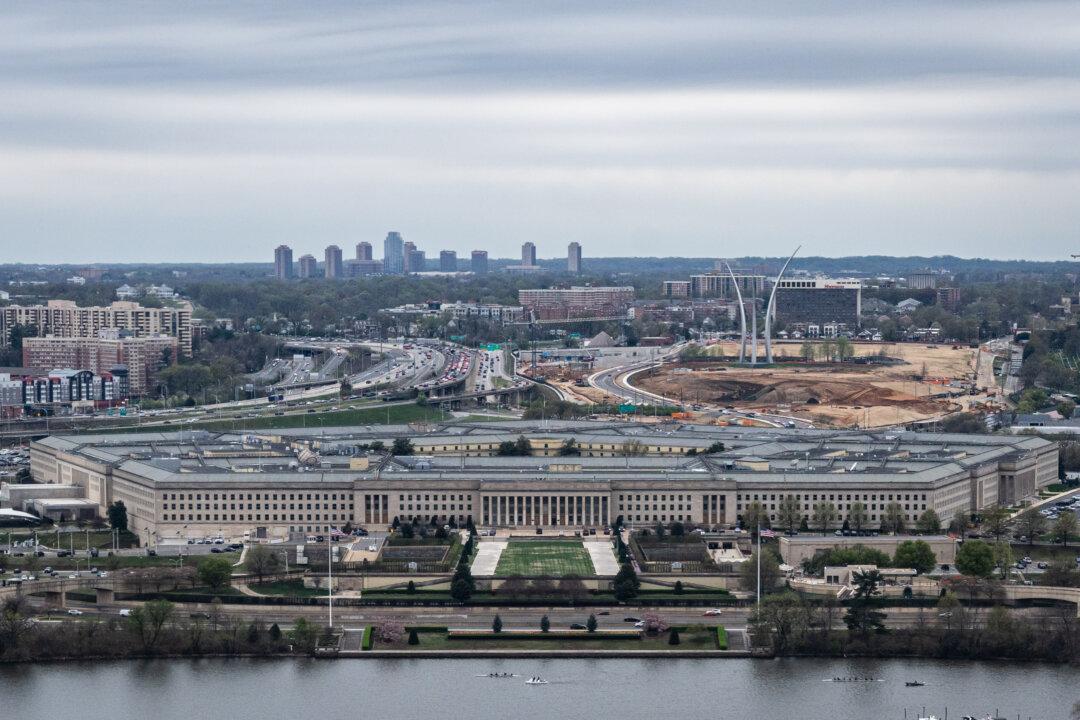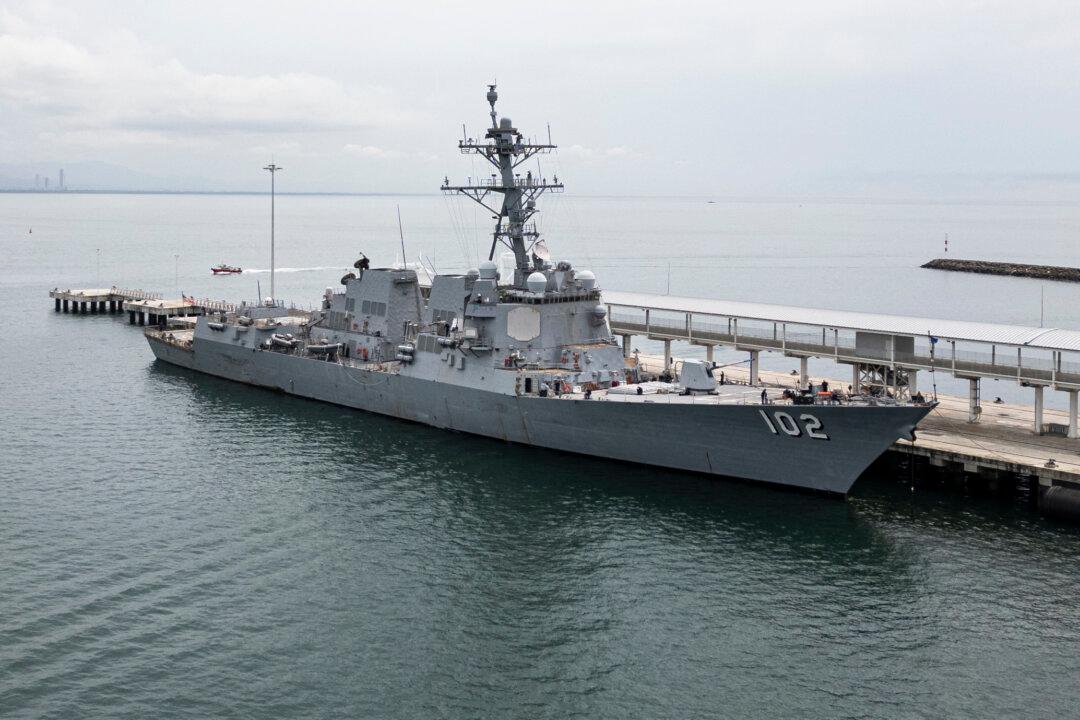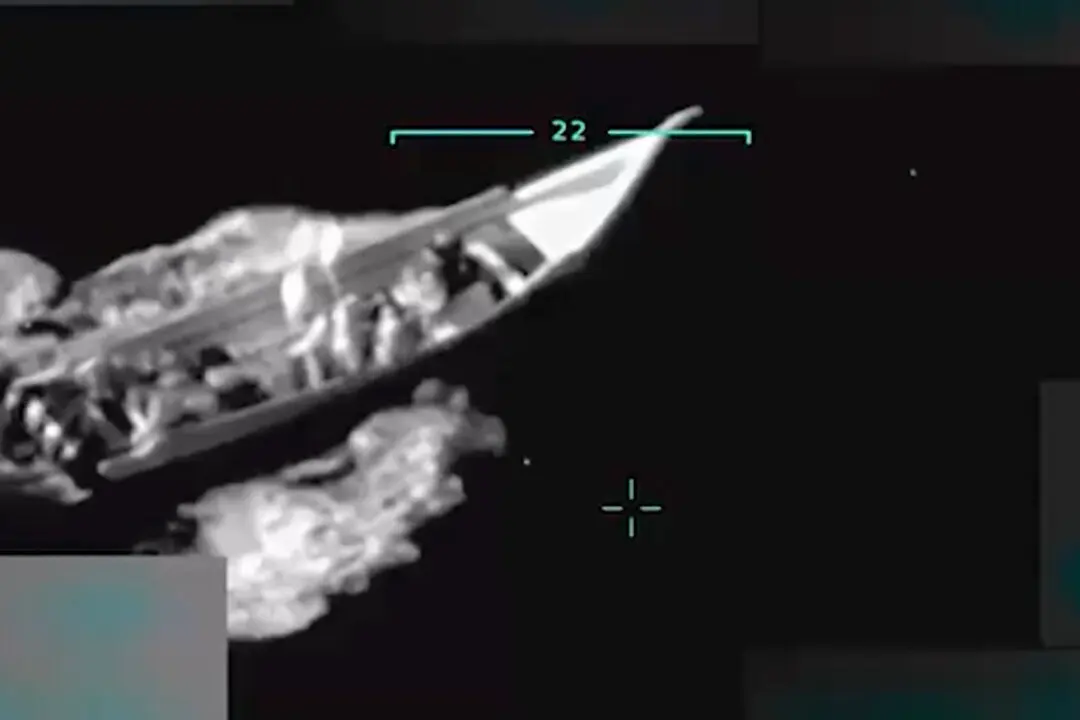U.S. President Donald Trump has warned that he will impose strict new economic consequences against Russia if Moscow does not accept a peace deal with Ukraine within the next 50 days.
“I’m disappointed in [Russian President Vladimir Putin], because I thought we would have had a deal two months ago, but it doesn’t seem to get there,” Trump said as he hosted NATO Secretary-General Mark Rutte at the White House on July 14.
“So based on that, we’re going to be doing secondary tariffs. If we don’t have a deal in 50 days, it’s very simple, and they'll be at 100 percent and that’s the way it is.”
Trump presented his warning as being separate from new legislation that members of Congress are preparing, which would allow for tariffs of as much as 500 percent on goods from countries that purchase their energy from Russia.
“We can do secondary tariffs without the Senate, without the House, but what they’re crafting also could be very good,” Trump said.
Secretary of Commerce Howard Lutnick said the new economic actions targeting Russia could come in the form of either direct sanctions or the “secondary tariffs” Trump described.
Secondary tariffs are a newer form of economic action that entail a duty imposed on goods coming from third-party countries that trade with countries sanctioned by the United States.
Lutnick noted Trump’s executive order concerning tariffs against countries purchasing Venezuelan oil as he explained the range of possible economic actions the president could order if Russia does not come to a deal.
“You can do tariffs or you can do sanctions,“ Lutnick told reporters. ”Those are both tools in his toolbox.”
The new economic actions could directly affect China and India, which have continued to trade heavily with Russia since the outbreak of its conflict with Ukraine in 2022.
While Trump expressed frustrations with Russia’s handling of the peace process, the Kremlin blamed the Ukrainian government for the lack of progress.
Rutte arrived at the White House on the morning of July 14 as part of a planned two-day visit to the United States. NATO said Rutte’s itinerary would include meetings with Trump, Secretary of State Marco Rubio, Secretary of Defense Pete Hegseth, and some members of Congress.
In addition to the new tariff threat against Russia, Trump indicated that he has prepared a new framework for European allies to reimburse the United States for the cost of continuing to supply Ukraine with military support.
“We made a deal today where we are going to be sending them weapons and they’re going to be paying for them,” Trump said. “The United States will not be having any payment made. We’re not buying it, but we will manufacture it, and they’re going to be paying for it.”
Rutte said Trump’s desire to continue supplying Ukraine with military equipment, albeit with Europe covering the costs, is “totally logical.”
The NATO secretary-general said several alliance members—notably Germany, Finland, Denmark, Sweden, Norway, the UK, and the Netherlands—are also preparing weapons packages for Ukraine. He said this will allow the U.S. military to better stockpile the weapons it needs for its direct needs, while ensuring that Ukraine can also receive “massive numbers of military equipment.”
On July 13, Trump indicated that he had been working with European leaders on a plan to supply Ukraine with additional Patriot missile systems, which can defend against a range of aerial attacks.
Ukrainian President Volodymyr Zelenskyy thanked Trump for expressing a willingness to increase the economic pressure on Russia.
Zelenskyy also welcomed talk of new Patriot systems.
“I’m grateful to our team and to the United States, Germany, and Norway for preparing a new decision on Patriots for Ukraine,” the Ukrainian president said.







